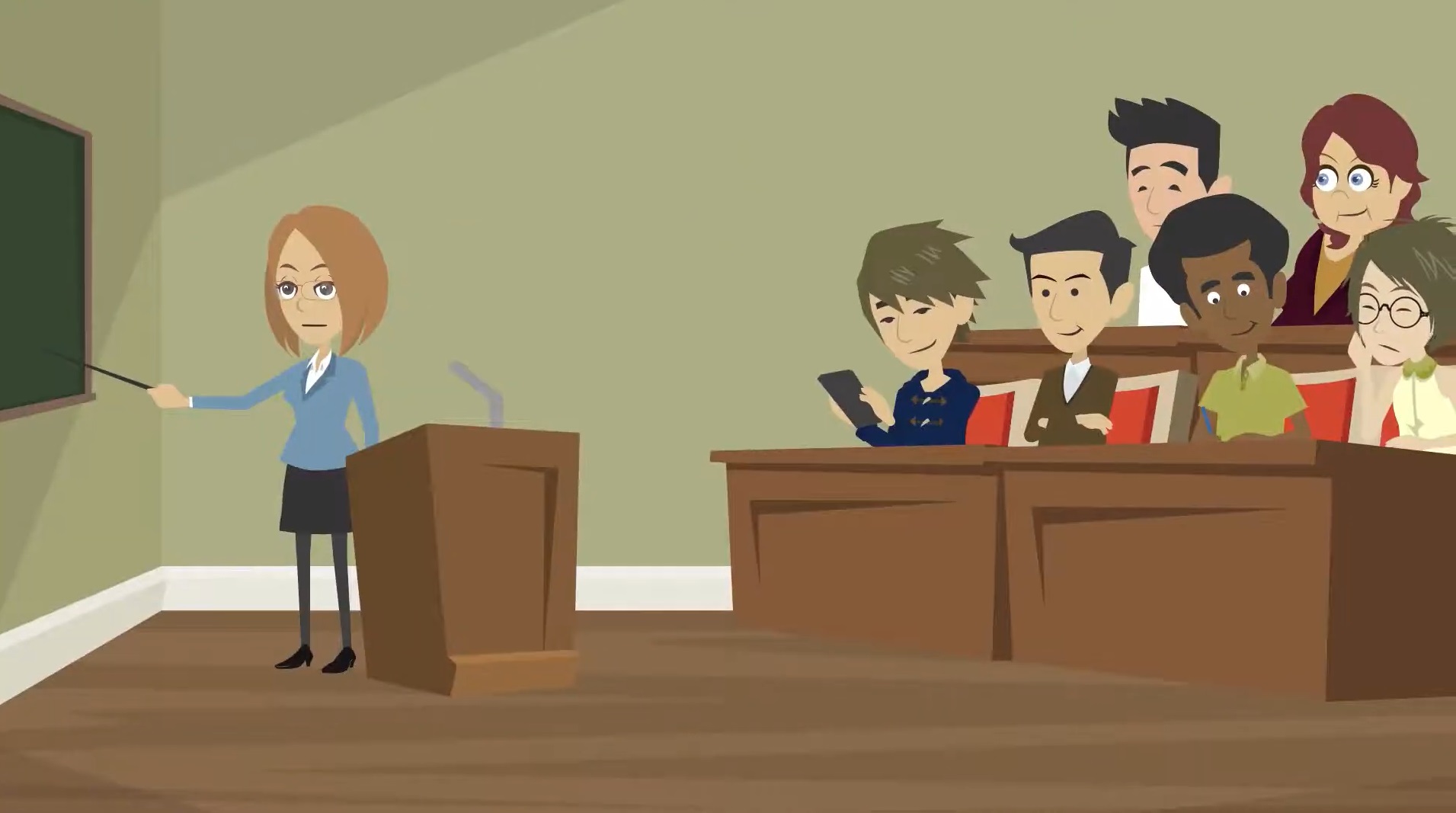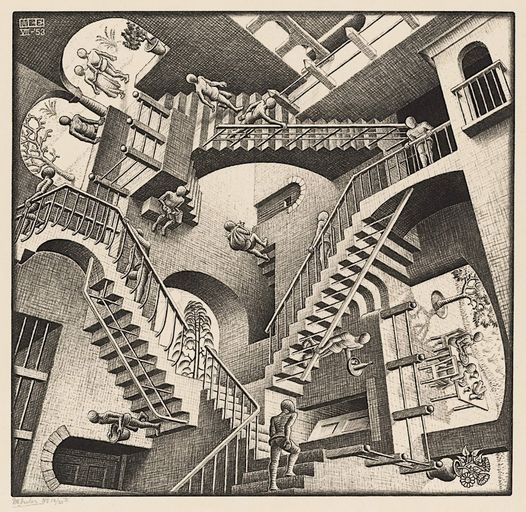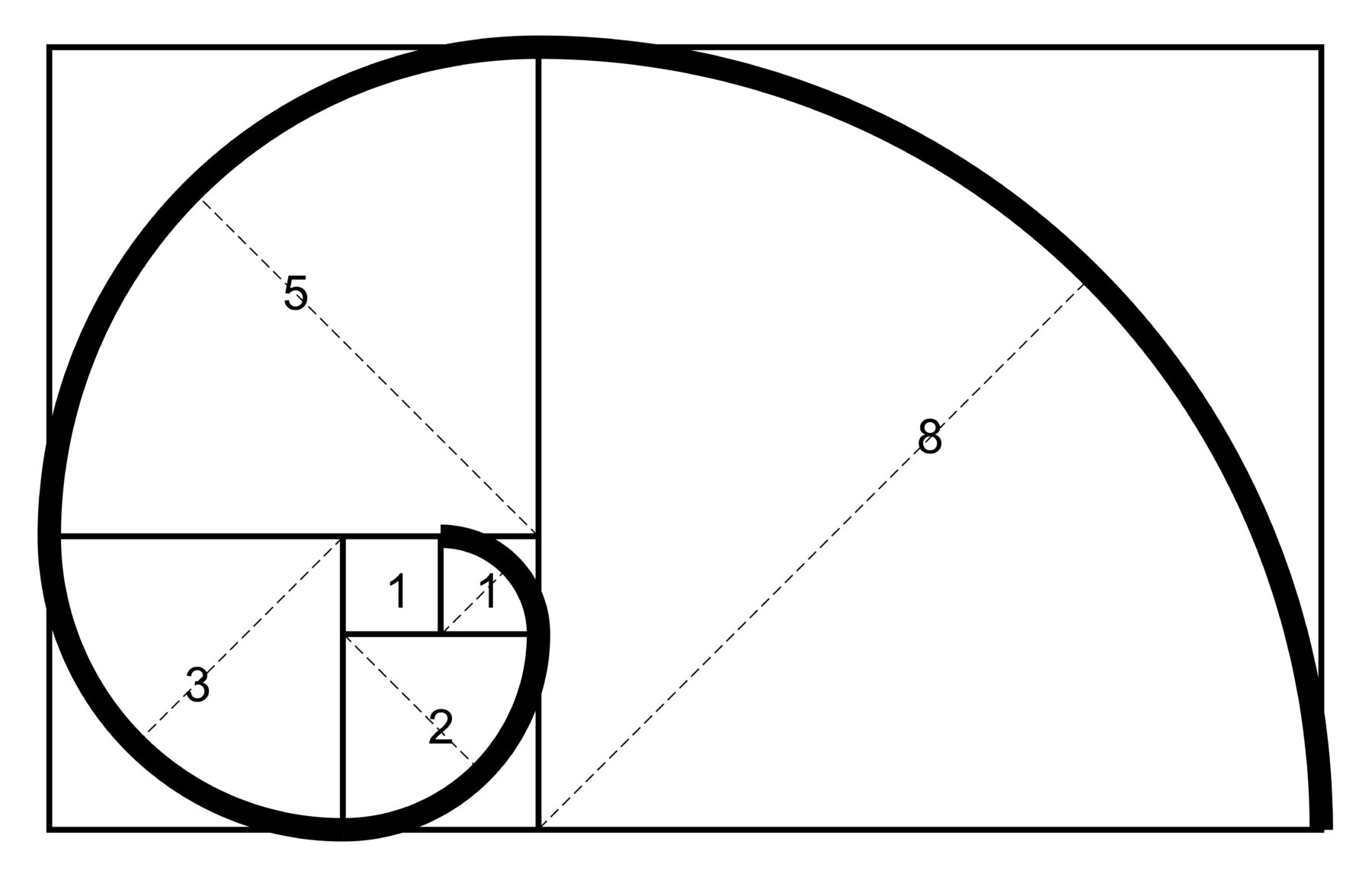Drive Time Bias By Omission
- Home Page 53

Hegemon Essex & Hauts-de-Seine Counties
Square D was founded in 1902 in Detroit, Michigan, by Bryson Dexter Horton and James B. McCarthy as McBride Manufacturing Company, focusing on electrical fuses. By 1908, it became Detroit Fuse and Manufacturing, adopting the iconic “Square D” logo—a “D” in a square—reflecting its Detroit roots.
Renamed Square D in 1917, the company pioneered safety switches and circuit breakers, growing significantly with 18,500 employees and $1.65 billion in sales by 1991. That year, after a competitive 10-week bidding process, French multinational Groupe Schneider S.A. acquired Square D for $2.23 billion, raising its offer from $1.96 billion to $88 per share.
The acquisition, approved by Square D’s board and the U.S. Justice Department, made Schneider Electric the world’s largest electrical distribution equipment manufacturer, integrating Square D’s innovative products into its global energy management portfolio.
Lorem ipsum
Collaborative Standards Development System
Current Quick Takes:
UL 1650, Standard for Safety for Portable Power Cable (Page 75) | Comment deadline October 26
UL 218, Standard for Fire Pump Controllers (Page 78) | October 19
UL’s Collaborative Standards Development System Login
Underwriters Laboratories catalog is heavy on product titles (because manufacturers can build the cost of conformance into the product and pass it on to the user) and light on system interoperability titles (our primary concern). Many titles are US adaptations of IEC, ITU and ISO titles. We follow a few when they are heavily referenced into the same interoperability titles such as the National Electrical Code and the International Building Code. We refer most — but not all — electrotechnology titles to IEEE E&H). IEEE E&H meets 4 times monthly and is open to everyone.
Non-electrotechnology titles):
3600 Standard for Measuring and Reporting Circular Economy Aspects of Products, Sites and Organizations (December 6)
Electrotechnology titles: Workspace re-organization should be complete by end of 2022
489 Standard for Molded-Case Circuit Breakers, Molded-Case Switches and Circuit-Breaker (January 16)
1778 Standard for Safety for Uninterruptible Power Systems (January 16)
2201 Standard for Safety for Carbon Monoxide (CO) Emission Rate of Portable Generators (December 19)
3600 Standard for Measuring and Reporting Circular Economy Aspects of Products, Sites and Organizations (December 6)
62990 Standard for Safety for Workplace Atmospheres (October 9)
– 217 Standard for Safety for Smoke Alarms (August 28)
– 1480 Standard for Safety for Speakers for Fire Alarm and Signaling Systems, Including Accessories (November 27)
– 231-202x, Standard for Safety for Power Outlets (September 25)
268 Standard for Safety for Smoke Detectors for Fire Alarm Systems (November 13)
– 283 Standard for Central-Station Alarm Services (May 10)
– 325 Standard for Safety for Door, Drapery, Gate, Louver, and Window Operators and Systems (October 3)
– 347A Standard for Safety for Medium Voltage Power Conversion Equipment (April 3)
1004-5 Standard for Safety for Fire Pump Motors (September 12)
– 1072 Standard for Safety for Medium-Voltage Power Cables (September 11)
1998 Standard for Safety for Software in Programmable Components (November 6)
– 2251 Standard for Safety for Plugs, Receptacles, and Couplers for Electric Vehicles (October 10)
– UL 2580 Standard for Safety for Batteries for Use in Electric Vehicles (April 24)
– Standard for Photovoltaic (PV) Modules – Type Approval, Design and Safety Qualification – Retesting (national adoption with modifications of IEC 62915). The revisions appear to be largely harmonization revisions; updating normative references. (March 20)
– 2800 Standard for Safety for Medical Device Interoperability. Referred to IEEE E&H (April 3)
– 347A Standard for Safety for Medium Voltage Power Conversion Equipment (April 3)
– 414 Standard for Safety for Meter Sockets (April 3)
– 347 Standard for Safety for Medium-Voltage AC Contactors, Controllers, and Control Centers (August 14)
– 1996 Standard for Safety for Electric Duct Heaters (August 21)
– 6142 Standard for Small Wind Turbine Systems (August 21)
– 8801 Standard for Safety for Photovoltaic (PV) Luminaire Systems (May 10)
– 61800 Standard for Safety for Adjustable Speed Electrical Power Drive Systems (April 24)
– 60950 Standard for Safety for Information Technology Equipment (May 9)
– 1480 Standard for Safety for Speakers for Fire Alarm and Signaling Systems, Including Accessories (July 26)
– 2200 Standard for Stationary Engine Generator Assemblies (June 19)
– 2388 Standard for Safety for Flexible Lighting Products (June 20)
2900 Standard for Safety for Software Cybersecurity for Network-Connectable Products (October 11)
Colloquy (September)
Open agenda; Not Too Organized. Whatever anyone wants to talk about. We do meet once a month like this. Use the login credentials at the upper right of our home page.
We are moving across the street! Details forthcoming
Join us for lunch 11:45 AM – 1:15 PM every Third Wednesday
University of Michigan Business School Executive Dining Room (Under construction until 2026) | University of Michigan Golf Course Dining Room
If we were running that upgrade of the dining facility at the business school — instead of Sodexo — we would complete it in six months. Alas, by some strange bureaucratic configuration, the project is taking 24 months. Until then we meet at the Golf Course on the South Athletic Campus where, admittedly, parking is easier.
Did you know that for more than 50 years, NIST called D.C. home? Due to the city’s rapid growth and the resulting noise and disturbances, NIST moved to rural Maryland. The area helped the campus to grow, and scientists could make their sensitive measurements without interference. pic.twitter.com/Yr15JKh3Ch
— National Institute of Standards and Technology (@NIST) September 22, 2025
NYC bagels & pizza owe their fame to the city’s tap water—soft, pure, and gravity-fed from the Catskills/Delaware watersheds. Discover how NYC delivers 1.1B gallons/day to 9M people, and why #NSFANSI standards help keep it safe. @NSF_Intl #SafeWater #NYC https://t.co/IQlnLzpkiu
— ANSI (@ansidotorg) September 26, 2025
🎉 Closing the Open Programme
Join us online for a chance to reflect, reconnect & carry the momentum forward from #ISOannualmeeting.
👉 Register now https://t.co/zkpYjnTFNd#ISOStandards with hosts @rwandastandards pic.twitter.com/JQtAP2csX4
— ISO (@isostandards) September 23, 2025
📣Inviting SMEs to have your say and shape a standard for the built environment.
Participate in the public consultation of PAS 1958, designed to support UK SMEs with data and information management and decision-making, facilitating the use of AI within the sector.
The… pic.twitter.com/t5V6z3S7iP
— BSI UK (@BSI_UK) September 12, 2025
What is the #USNC and how does it impact #standards for #electrotechnology?
Learn more about the U.S. National Committee to the International Electrotechnical Commission (IEC) in a new video: Welcome to the USNChttps://t.co/hsKfDrxaVO pic.twitter.com/qA8WEYsIg8
— ANSI (@ansidotorg) June 21, 2024
THE COLLEGE CRISIS
A massive number of colleges and universities have shut down within the last couple of years, or will shut down in the next few.
Many of these colleges have cited financial hardship or enrollment decline as reasons for closure. But what’s really going on? 🧵 pic.twitter.com/MoF1Iiejzd
— Alec Bianco (@alecmbianco) June 18, 2024
Happy Midsummer! 🌺☀️🇸🇪🎉
We had so much fun celebrating the magic of this Swedish tradition by making flower wreaths, dancing around the maypole, enjoying a smorgasbord buffet and music with our American friends, families and allies here in DC. pic.twitter.com/NC9tEKa4RS
— Embassy of Sweden USA (@SwedeninUSA) June 21, 2024
In honor of Charles-Augustin de Coulomb’s birthday, we would like you to know that 1 coulomb is equal to the charge of 6.24 quintillion (billion billion) electrons! pic.twitter.com/VnrLu0Lb0P
— National Institute of Standards and Technology (@NIST) June 14, 2024
What is the #USNC and how does it impact #standards for #electrotechnology?
In honor of Charles-Augustin de Coulomb’s birthday, we would like you to know that 1 coulomb is equal to the charge of 6.24 quintillion (billion billion) electrons! pic.twitter.com/VnrLu0Lb0P
— National Institute of Standards and Technology (@NIST) June 14, 2024
Learn more about the U.S. National Committee to the International Electrotechnical Commission (IEC) in a new video: Welcome to the USNChttps://t.co/hsKfDrxaVO pic.twitter.com/qA8WEYsIg8
— ANSI (@ansidotorg) June 21, 2024
📢📢📢
MSU Observatory will be open for public observing twice a month between April and September. Stay tuned for our public events schedule.. 🔭🌕🪐💫@MSUNatSci @michiganstateu
Video credit: EA Photography
Audio credit: Epicomposer pic.twitter.com/hGF9oEidqd— MSU Observatory (@MSU_Observatory) March 6, 2023
Showing him my roots in the showmestate ❤️ pic.twitter.com/KDwGaKKfCj
— Beth Hoover (@Bethalma7) May 25, 2024
The IEEE P3119 draft standard is designed to help strengthen AI procurement approaches, using due diligence to ensure that agencies are critically evaluating the AI services and tools they acquire.https://t.co/ujVJxZqjEm @InstituteIEEE
— IEEE Standards Association | IEEE SA (@IEEESA) May 19, 2024
— Standards Michigan (@StandardsMich) May 25, 2024
The word #standard is commonly used in daily language, so much so that people do not always reflect on its definition. Learn how ASTM International’s Regulations Governing ASTM Technical Committees (aka “Green Book”) defines them. #standards See https://t.co/oSBmwh1lbX pic.twitter.com/ynk87XDr7D
— ASTM International (@ASTMIntl) May 21, 2024
I taught these boys (grown men!) when they were just 6 and now they are graduating from college 😮 pic.twitter.com/eNmVf6HiXy
— Sarah Oberle (@S_Oberle) May 21, 2024
The ICC Pulse’s 50th episode, Building Safety as Told by Kids, features children of Code Council staff exploring building safety in their homes. #BuildingSafetyMonth2024 #BuildingSafety365 https://t.co/Hllb1jo9j7
— IntlCodeCouncil (@IntlCodeCouncil) May 23, 2024
“Abide withe Me” | Clare College Choir@ClareChoir @mrgrahamross
.https://t.co/9u1ASZ90MMhttps://t.co/aCNGzZGLJwhttps://t.co/rq3Z9P69E3 pic.twitter.com/J28NhRppBW— Standards Michigan (@StandardsMich) May 19, 2024
“Freebird” Lynyrd Skynyrd Cover | Jacobs University Graduation Band@jacobs_bremen @constructor_uni @IEEECampushttps://t.co/uJD4vqwuLehttps://t.co/wOd3uDeAgZ pic.twitter.com/PQOVYsj8w7
— Standards Michigan (@StandardsMich) May 18, 2024
🏆 We applaud the brilliant minds shortlisted for the 2024 IEEE PES Power Engineering Education Committee (PEEC) Outstanding Doctoral Dissertation Award!
View the announcement & list: https://t.co/jRBmleowel#ieeepes #ieeepesgm #PEEC #powerengineering #electricalengineering pic.twitter.com/Tl6zhCYITY
— IEEE Power & Energy Society (@ieee_pes) May 23, 2024
There’s still time to enter ANSI’s 2024 Student Paper Competition! Win a cash prize by sharing how standards impact #AI. Check out the details:https://t.co/DjXcqf3yRP#studentcompetition #studentnews pic.twitter.com/4IB52fNccm
— ANSI (@ansidotorg) May 24, 2024
Last Families meeting of the year and we are looking forward to big and small adventures this summer! 💚 pic.twitter.com/CvQxtNt1ol
— Mrs. Riley (@MrsRiley_MVES) May 17, 2024
The Business of Standards Never Stops
Standards for a Kitchen Symphony | November/December 2024
ASTM International (formerly known as the American Society for Testing and Materials) is a globally recognized organization that develops and publishes technical standards for a wide range of products, systems, and services. These standards are used by manufacturers, regulatory bodies, and other stakeholders to ensure that products and services are safe, reliable, and of high quality.
In the field of measurement science, ASTM plays an important role in developing standards and guidelines for measurement techniques and practices. These standards cover a wide range of topics related to measurement science, including the calibration of instruments, the characterization of measurement systems, and the validation of measurement results. They are used by researchers, engineers, and other professionals in academia, industry, and government to ensure that measurements are accurate, precise, and reliable.
| ANSI Public Review |
ASTM standards for measurement science are developed through a process that involves input from experts in the field, including researchers, industry professionals, and regulatory bodies. These standards are updated regularly to reflect advances in measurement science and technology, as well as changes in industry and regulatory requirements. This is a far better way to discover and promulgate leading practice. In fact, there are regulations intended to restrain the outsized influence of vertical incumbents in legislative precincts where market-making happens.
Athletic Performance Properties of Indoor Sports Floor Systems
Update Status
We continue sorting through anomalies with Godaddy Tech Support to resolve Standards Michigan requirement for frequent and timely updates across all of our platforms. We got half the problem solved last month when we upgraded to WordPress 6.8.1 but updating was slow on mobile devices. Our normal course of business will not be interrupted as far as our daily colloquia is concerned but we cannot predict the outcome on the images which are an essential part of our work.
- Posts are not updating across all platforms — particularly on X on iPhones. Usually a caching problem and not one we haven’t seen before.
- Some images will not center.
- Footer and right-side widgets not loading properly.
The good news is that all our content, including media, survived the WordPress upgrade. The next step in our “GoDaddy Journey” will be to edit our widgets to reflect our new business address; still proximate to the University of Michigan South Athletic Campus — across the street from our former office with an Olive Garden very nearby.
Always surprises but none that we cannot handle. Much like hardware in ICT, software must also be maintained.
This page will be posted to our X-feed: @StandardsMich to remind our colleagues and followers that software needs to be “maintained”
Hops
This content is accessible to paid subscribers. To view it please enter your password below or send mike@standardsmichigan.com a request for subscription details.
Three Felonies a Day: How the Feds Target the Innocent
Department of Justice | June 24, 2004
The average professional in this country wakes up in the morning, goes to work, comes home, eats dinner, and then goes to sleep, unaware that he or she has likely committed several federal crimes that day. Why? The answer lies in the very nature of modern federal criminal laws, which have exploded in number but also become impossibly broad and vague.
In Three Felonies a Day, Harvey A. Silverglate reveals how federal criminal laws have become dangerously disconnected from the English common law tradition and how prosecutors can pin arguable federal crimes on any one of us, for even the most seemingly innocuous behavior.
The volume of federal crimes in recent decades has increased well beyond the statute books and into the morass of the Code of Federal Regulations, handing federal prosecutors an additional trove of vague and exceedingly complex and technical prohibitions to stick on their hapless targets.
The dangers spelled out in Three Felonies a Day do not apply solely to “white collar criminals,” state and local politicians, and professionals. No social class or profession is safe from this troubling form of social control by the executive branch, and nothing less than the integrity of our constitutional democracy hangs in the balance.
Related:
Have you been certified to do that work?
See Also: Cato Institute
Tennis Court Lighting
This content is accessible to paid subscribers. To view it please enter your password below or send mike@standardsmichigan.com a request for subscription details.
New update alert! The 2022 update to the Trademark Assignment Dataset is now available online. Find 1.29 million trademark assignments, involving 2.28 million unique trademark properties issued by the USPTO between March 1952 and January 2023: https://t.co/njrDAbSpwB pic.twitter.com/GkAXrHoQ9T
— USPTO (@uspto) July 13, 2023
Standards Michigan Group, LLC
2723 South State Street | Suite 150
Ann Arbor, MI 48104 USA
888-746-3670


















